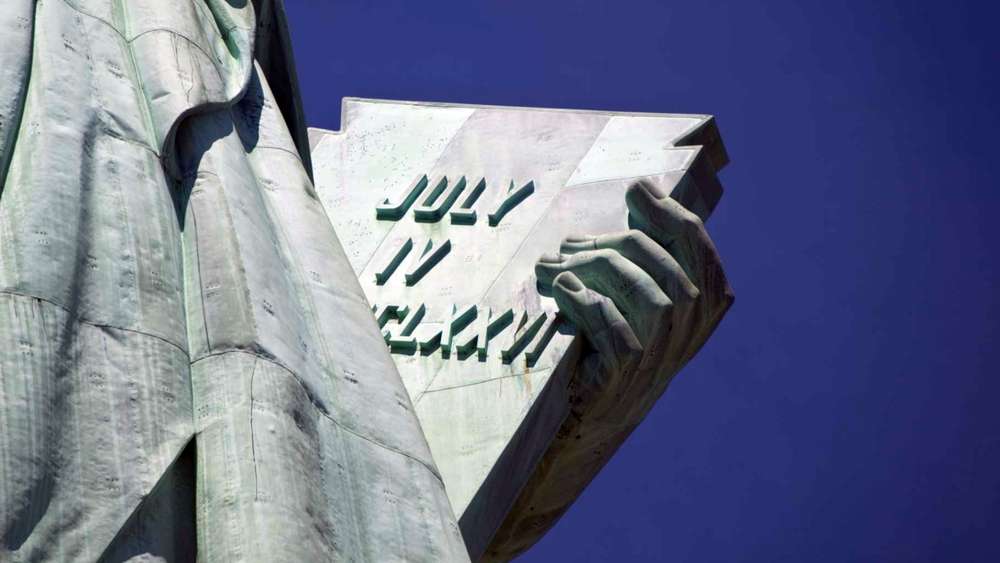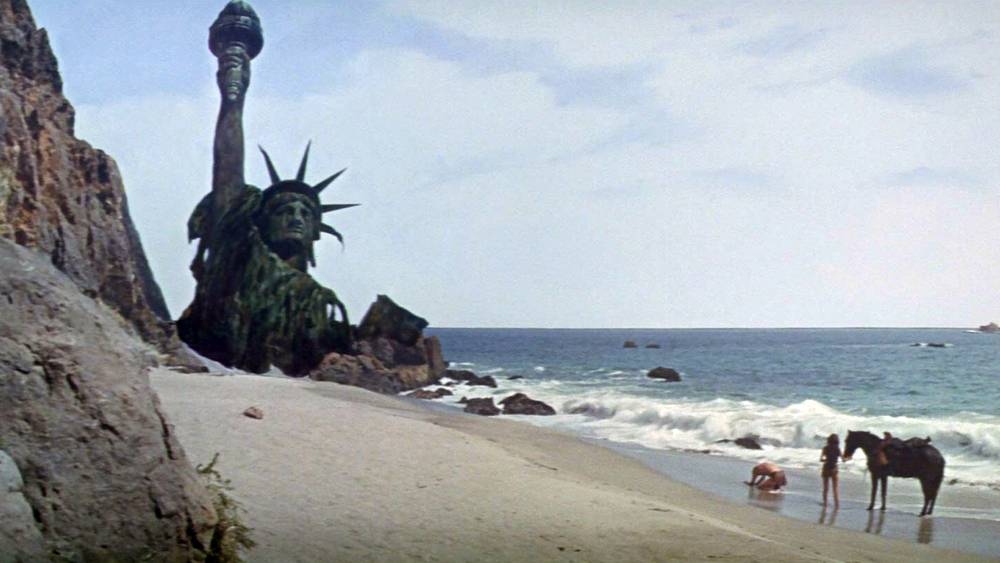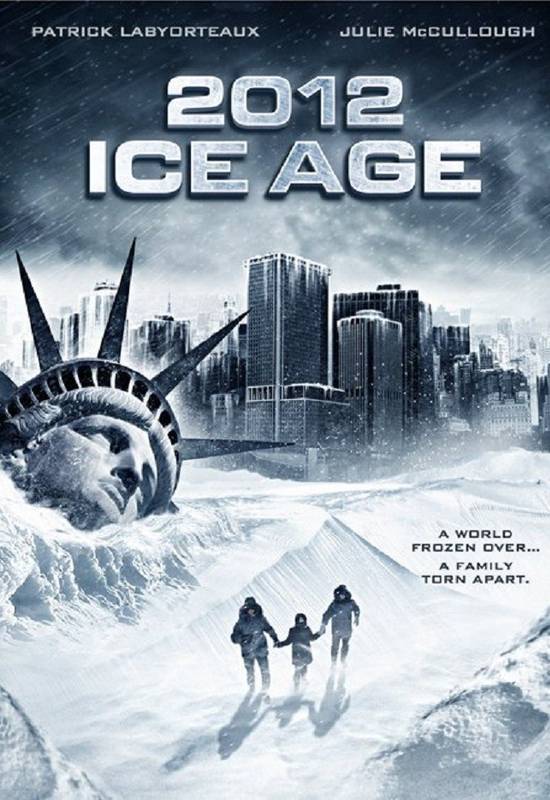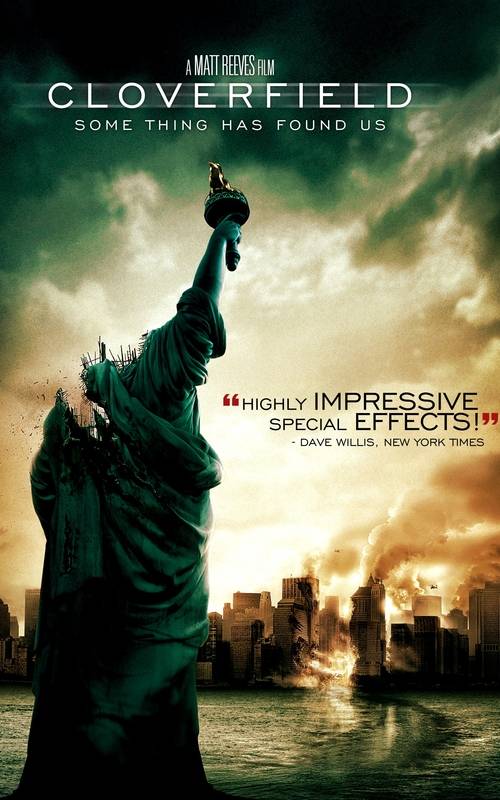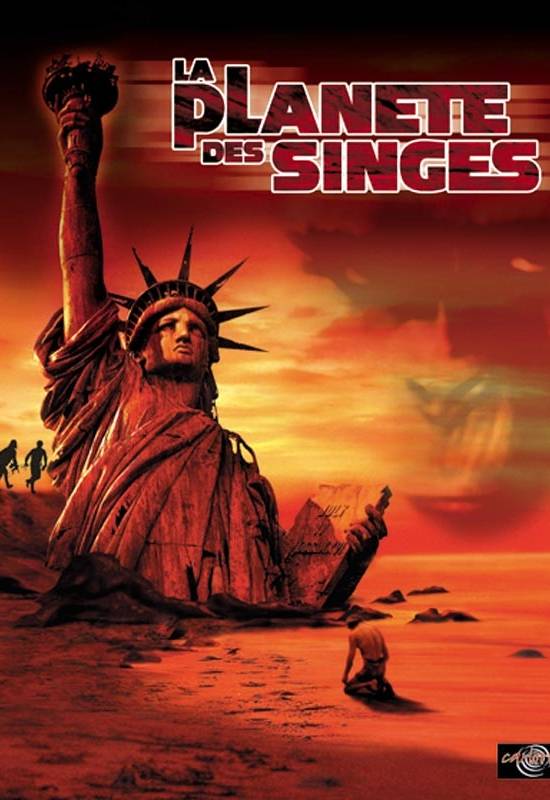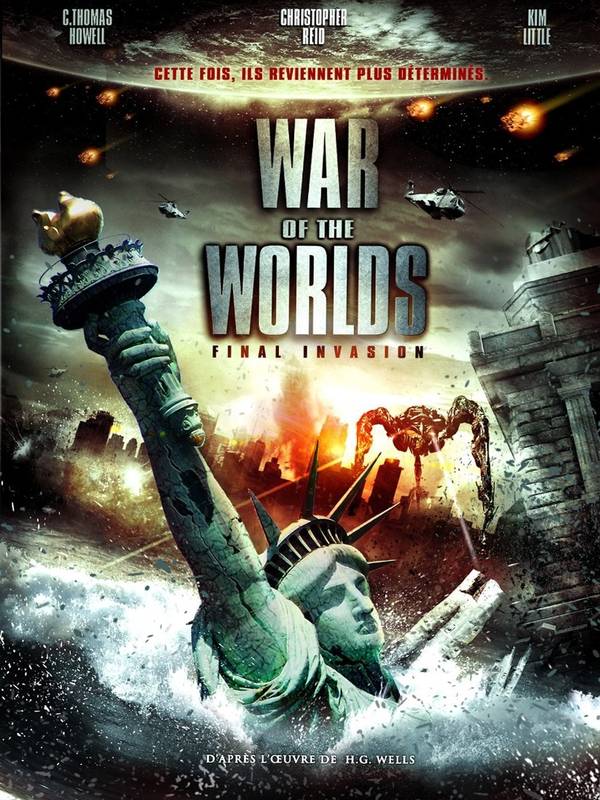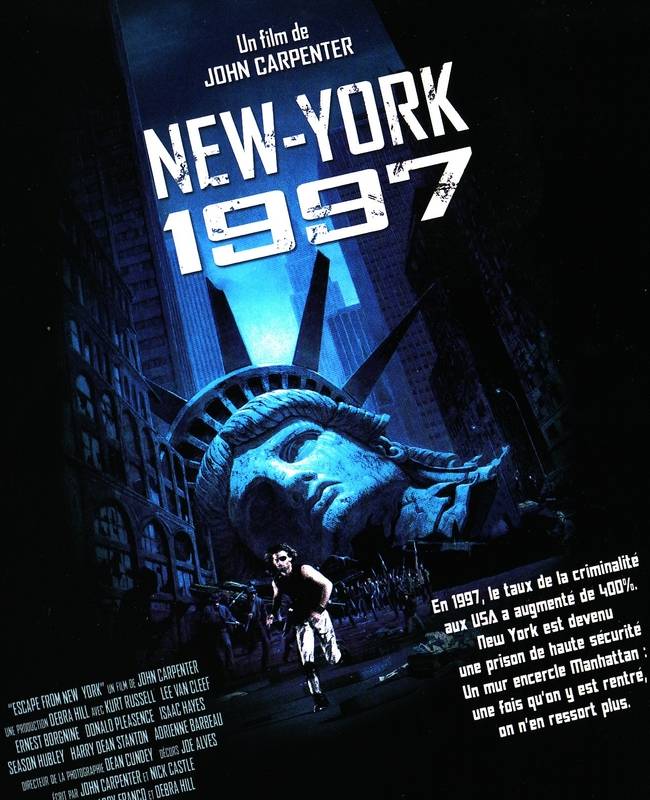Franco-American Friendship
The first symbol of the Statue of Liberty is a little forgotten today. For the purpose of the erection of this statue was to seal the friendship between France and the United States, at a time when the first country again became just a Republican for the 2nd time in its history, and the second already foresaw her future world power. Today it is a symbol that tends to disappear, especially in the moments when the two countries have political differences. Besides many US ignore the origin of the statue and see it as a demonstration of technical prowess that their country is capable ... What can make the French laugh, builder of the statue!
To be exact when the construction of the statue was decided the idea of a gift of France to the United States had not been mentioned. We do not speak, that symbol of a gift from one country to another was raised later to appease the Americans and to join this great project ... for the French. For the US, they do not see the point of building a statue in the likeness of Liberty on their soil, with financial participation of US, so they had nothing to ask anybody. The symbol of Franco-American friendship is a pure invention of French to adhere the US in its construction. But the first idea, the main is Liberty.
The liberty
If the name indicates that the statue is a symbol of freedom, is less well known why this symbol was chosen. In fact it is a message from a group of French Republicans to her government, the authoritarian government of Napoleon III. The latter was a chief of state security, it had implemented many restrictions in the lives of her fellow citizens. To fight against this state of Edouard de Laboulaye, republican and convinced enemy of Napoleon III issued the idea of building a statue in honor of Liberty, to put the country of freedoms: The United States. This is the first meaning of the Statue of Liberty, a desire to magnify the Freedom in the World face the oppressors, whoever they are.
Hope for a better world
To get an idea of the interest of the statue at its worst, we must go back a few decades back. In the early twentieth century, for emigrants who pressed on stifling decks of ships, the sight of Miss Liberty equivalent of a passport to a better life, making insignificant the trying experience of quarantine on Ellis Island. For them, the sober and torch statue represented the Promised Land. This passage near the statue was not a symbol that few people have experienced: It was real for a lot of future US, the gateway to the USA was indeed the port of New York. Popular imagery has shown in doing relive many times, through some books and some movies, like "The emigrant" by Charles Chaplin and "Godfather 2", Francis Ford Coppola.
The fight against oppression
This general idea was born an even more general symbolism: The statue represents freedom in the broadest sense, the freedom of peoples against its oppressors. There is also a patriotic effect, waving a torch in the statue's position is a symbol of resistance. Such a symbol has also been used in the student repression in Tiananmen Square in 1989. Note that for the Americans, the oppressors are the English, there is no pride at England face this statue, which is denigrated. By cons, almost everywhere in the world where the United States are seen as liberators, this statue represents freedom, period.
On the statue itself freedom is expressed in the form of chains of slavery, smashed, at her feet.
The Americanism
This is a novelty for the Statue of Liberty, in the sense that feeling is compared to recent history. It seems that in recent years, one or maximum two decades, the statue has become a symbol of US imperialism for its critics and the global power of the United States for others. It must be said that this country is never neutral for the rest of the world it does not leave indifferent. It has very bad side to some countries, particularly in the Middle East, but remains a living hope better for the people of some other countries, such as South America. The Europeans rather see them as excessive partner. The problem is that whatever feelings one may experience to American, one experiences the same for the Statue of Liberty has become the main symbol of the country. This phenomenon is relatively recent, is all the more strange that the statue is of French manufacture.
The symbols of sculpture
From a symbolic point of view, the famous crown of rays represent the seven seas (North Pacific, South Pacific, North Atlantic, South Atlantic, Indian Ocean, Arctic Ocean, Antarctica) or 7 continents (North America, America South, Africa, Asia, Europe, Oceania, Antarctica) in the world. We find this symbol on the Great Seal of France, the official symbol of the French Republic since the Second Republic. The inscription on the tablet of the statue is 4 July 1776 ("JULY IV MDCCLXXVI"), the day of the declaration of independence of the United States, an obvious symbol for the glory of Americans. The statue at her feet a broken chain of slavery, a symbol of freedom.
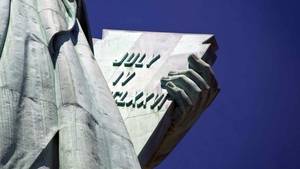
Tablette de la statue
Another symbol, the position of the statue at the entrance of the port of New York, it was the gateway to the United States for decades. And orientation also: She faces Europe, especially in its Paris replica at Pont de Grenelle. Finally, and for the record, you should know that there is a hollow stone in the base, it contains a copy of the US Declaration of Independence, sealed August 5, 1884, and a safe containing various objects belonging to participants at the opening of the pedestal in 1886.
Evolution of the symbols in the times
As you would expect the meaning of the Statue of Liberty was not the same in terms of epochs, mentalities, origin of people who are asking the question it proposes symbols and especially the social context. Originally the statue was intended to symbolize the freedom of peoples. It was a gift from France to the United States, the symbol therefore about people in general. But if for France personify freedom under the guise of a woman is generally accepted, for the US it is quite otherwise. Indeed, France considers Liberty from a general point of view, they then write with a capital L. For Americans, freedom is all about free enterprise in an emerging nation where everything is possible to do. This is where we get the concept of freedom of business still found today in the USA. With this vision to make a statue of Liberty makes little sense, this is one of the reasons why the statue has not had great success in its infancy. (See The funding)
When it opened the image became for a fleeting time the symbol of the suffragettes, these women excluded from the political system as not having the right to vote. They were invited to the inauguration, highlighting their demands. The black community could see in her the hope to the end of segregationist laws in the US, but unfortunately their situations were so serious that they could not expect anything with such a statue, as did -they not recovered as a symbol of their cause.
In the 1890s, shortly after the inauguration, the statue served as a symbol of union struggle. This era was marked by the massive industrialization of the country, which rocked the field of handicrafts to the industrial area. It was a change that did not happen smoothly because the US, which had been formed for a given profession, had to challenge to work by modern standards, and it must be said that working in the factory when it is discovered strings, it was not particularly nice to do. The years 1880-1890 were therefore difficult years for employees, they discovered the possibilities offered by the trade union movement on a large scale. Many events took place around major cities, especially in Chicago, large industrial center if any. In 1886, the year of the inauguration of the statue, held the largest number of strikes in the country, it represented the pinnacle of trade union action. Arriving at the same time as the inauguration, it was difficult for the workers to not use the statue to highlight their rights, arguing that a country with a statue in honor of Liberty could not ignore the rights of workers. This association between the image of the statue and the struggle of the working class could not have been foreseen by Bartholdi.
Also in the 1890s the statue appeared in many magazines as a symbol of rejection of immigration. If it may seem surprising for a statue in honor of Liberty, it's actually quite normal. At the industrial era the United States needed a lot of labor. The US was not enough to fill the positions in the factories, policies turned to immigration (mainly European, but also Asian). The massive influx of boats carrying migrants frightened strain of the Americans who, by natural reflex, rejected the newcomers, especially since it was the workers, so people of modest means. The statue was presented in the newspapers of the time in many engravings in the guise of a woman who struggled to stem the flood of invaders. Political opponents of immigration set up a check at the entrance of the country. Main port of the country, New York had set up a quarantine system quickly. The project was initially scheduled on Bedloe's island, the island on which the statue is located. But cartoonists rushed to show, in the newspapers, the statue put in play by the hordes of migrants. These images participated in the debate on the need for border controls and it is finally on Ellis Island that this control center was installed.
In the years 1920-1930 there was a second wave of immigration to the United States. Same cause, same result: The Statue of Liberty was taken hostage by politicians of the time and was repeatedly caricatured, reproduced in fallen state by migrants seeking only their own interests.
The symbol of a global cataclysm
From an artistic point of view the statue is often used to locate the viewer or reader in time. The best known example is probably the sequence of the movie "Planet of the Apes," Franklin J. Schaffner, released in 1968. The story takes place in the future. Astronauts sent to explore awakened from their slumbers artificial as they come close to a world unknown.
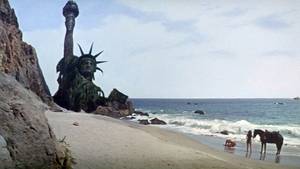
Planet of the apes
Other filmmakers have followed suit. For example the statue is found in the ice making in "The Day After", Roland Emmerich (to speak of a famous film). New York 1997, in her time, made the same choice. As for lesser known films, they do not hesitate to use the statue of liberty, mostly to show a ravaged world. Like what, the Planet of the Apes, it was a precursor film on the subject. Here are below a list of some disaster-movie posters that used Miss Liberty. There are many others, of course.
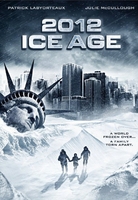
2012 ice age
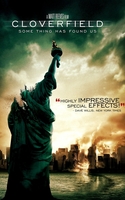
Cloverfield
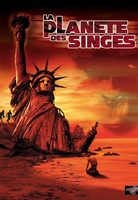
La planète des singes

Le jour d'après
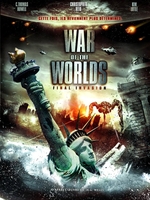
War of worlds
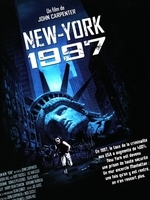
New-York 1997






